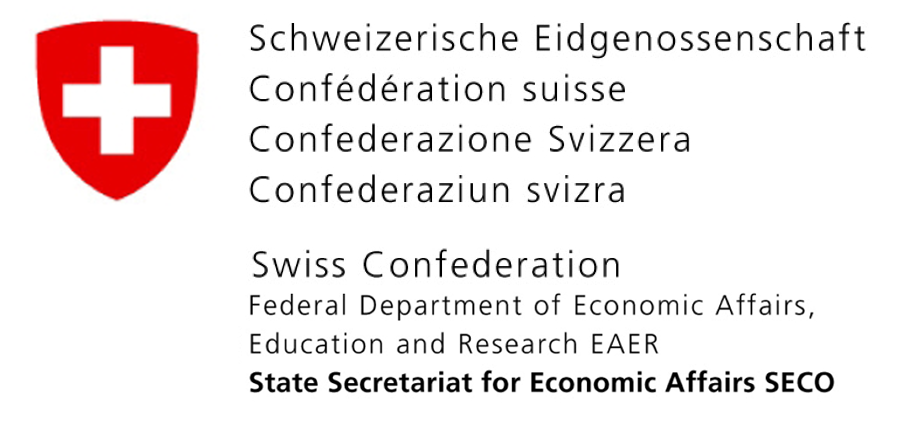Road safety Action Plans and Strategies in Cameroon, Ethiopia and Zambia
Cameroon
The Ministry of Transport has developed a National Road Safety Strategy with a Priority Action Plan for the period 2011-2012 which has been followed by a second one for the period 2013-2014.
The process needs to be initiated and managed by the Road Safety Department, which has limited experience and capacity to take the necessary measures with the involvement of all stakeholders. To help this process, the SSATP is preparing Terms of Reference for technical assistance that can be provided with funding from either development partners or the Road Fund. The capacity building will include the development of a new National Road Safety Strategy and Action Plan, which also will give the Department hands-on experience with overall management of road safety. It should be noted that some elements of the existing Strategy and Action Plan are useful and can be used as a foundation for a new Strategy and Action Plan, targeting the decade of action.
The commitment to road safety in Cameroon is growing but it needs to be supported by sufficient capacity. It is therefore suggested that the Ministry of Transport starts with basic capacity building, at the same time introducing hands-on training of the personnel through the preparation of a national road safety action plan, which will identify issues that need to be addressed at the policy level. This approach will ensure that the issues addressed by the Policy will be fully relevant and very specific.
Ethiopia
The National Road Safety Council (NRSC) is in charge of the present Road Safety Strategy which will guide all road safety activities in Ethiopia in the next 10 years. The strategy has been developed through consultations, comments and contributions from all stakeholders in the sub-sector.
Every year, the nine regions prepare their Road Safety Plans and submit them to the NRSC. The plans are prepared with the strategy as a guideline and the NRSC comments the plans for coherence with the strategy. All Regional Plans are then compiled and presented to the National Road Safety Council Board for approval and then transmitted to the Ethiopian Road Fund for financing. However, the procedures were all introduced recently and SSATP has suggested that the strategy should be supplemented with results-oriented performance indicators during its update. Capacity building would also be needed at all levels and for all key agencies.
During 2013 and 2014, the National Road Traffic Safety Council (NRTSC) of Ethiopia worked with the Africa Transport Policy Program (SSATP) to develop a Road Safety Management Framework to strengthen the capacity and effectiveness of the Council, and the Office through which it works. The implementation of the framework is now the focus of the Council, and this action plan has been prepared to support implementation.
To learn more, here is the link to the Road safety action plan for Ethiopia.
Zambia
The National Road Safety Plan needed to be renewed in 2013-14 and the Road Transport and Safety Agency was in charge of the process. SSATP was in the short term supporting the preparation of an Enforcement Pilot Project which involved both public and private sector stakeholders. The Pilot Project was also used as a catalyst for the preparation of the new National Road Safety Action Plan in 2013.
After consultations with several stakeholders, the conclusion was drawn that a road corridor demonstration project would be a good approach to implement high-impact interventions in a realistic timeframe and at the same time enhance cooperation in the sector, particularly between the Road Traffic Safety Agency (RTSA) and the Traffic Police. Also, contact was established with TOTAL Zambia to integrate them in training and financing of road safety activities.
A second component of the initiative would be to address speeding on the selected corridor, supported by a small targeted road safety campaign.
A third component is post-accident care. It was proposed that RTSA together with the Traffic Police start a disaster management training program for law enforcement staff on the road. Later, a co-operation with University Hospital of Zambia was established to provide better emergency response on the demonstration corridor.
The development of a Safe Road Corridor Pilot Project for the agreed section Lusaka-Kabwe will now continue. The cooperation with the University Hospital will be strengthened and an application for training of police to Global Road Safety Facility is expected to be submitted.
To learn more about the action plans in Cameroon, Ethiopia and Zambia, here is the Phase 1 Completion report of the SSATP Road safety program.







